Flow cytometry interpretation can be challenging, particularly when conducting multiparametric analyses that typically create a large quantity of data points. Fluorescent activated cell sorting (FACS), a derivative of flow cytometry, has become an essential tool for modern life science and biomedical laboratories. It is one of two main methods for cell sorting, alongside magnetic bead separation. FACS is a method for rapidly analyzing cells based on multiple criteria simultaneously, and then physically sorting them based on this analysis. The results of the process are usually represented by dot plots: two or three-dimensional scatter plots, or sometimes a histogram. However, these plots can be tricky to interpret, so here are a few tips to help get you started.
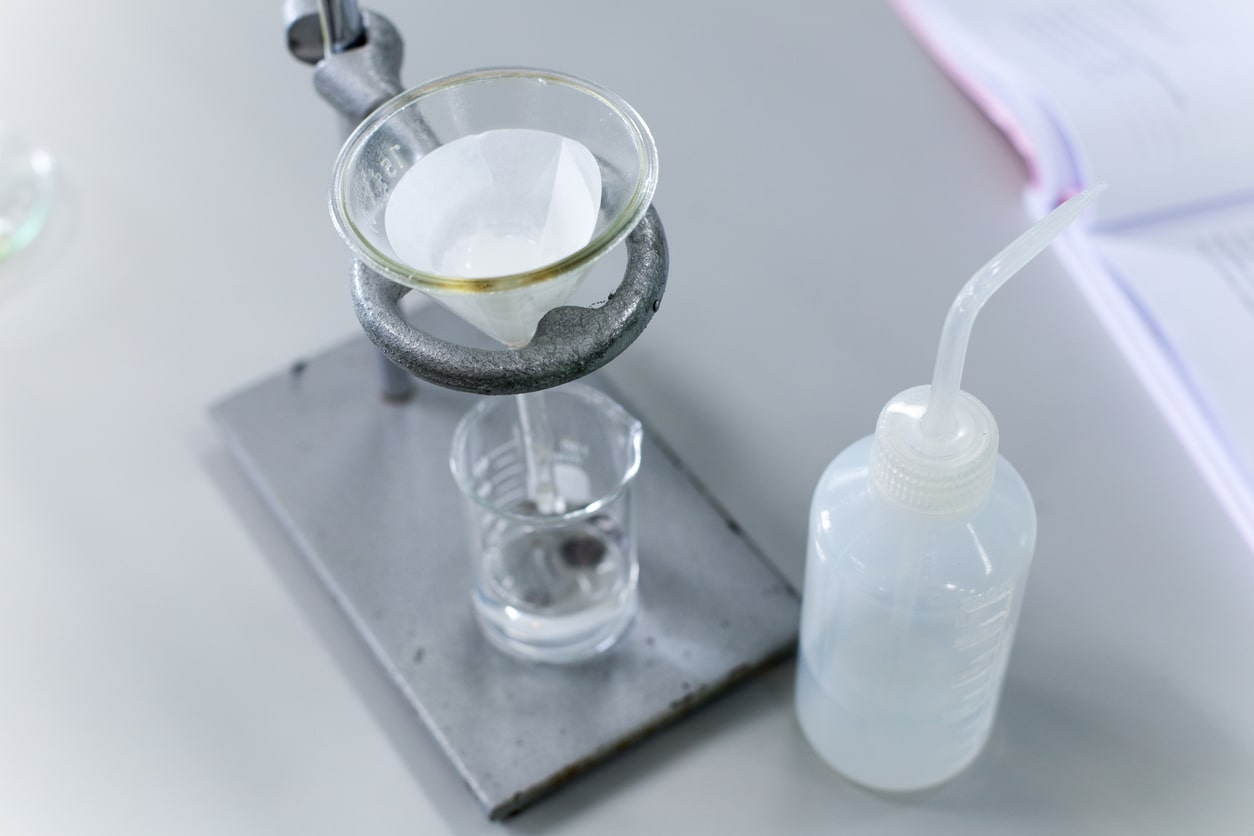
Recrystallization is the process of obtaining pure crystals from a compound containing impurities in a solvent. Hot gravity filtration is a process commonly used to remove these impurities from a solution prior to recrystallization.
Hot filtration is a type of filtration where the filtration equipment and the sample are heated during the process. Hot filtration is needed for recrystallization when impurities exist in solution. Recrystallization requires a hot solution because the solution needs to be supersaturated for crystals to form on cooling. Hot solutions can hold more solute in suspension compared to a cold solution because the solubility of most solids increases with a rise in temperature. This means that a saturated solution will contain more dissolved solute if prepared at a higher temperature than at a cold temperature. When the hot solution then cools, it will be supersaturated – it will hold more dissolved solute than its cold equivalent would.
The impurity may have a different solubility than the compound in certain solvents. The aim is to choose a solvent that dissolves the compound when heated, but that doesn’t dissolve the impurity at high temperatures. The impurity is then filtered out during the hot gravity filtration process.

What Does the Webinar Cover?
Biomagnetic separation has proven to be a quick, efficient and clean process in Life Sciences. However, most researchers and developers focus only on the magnetic beads or particles to optimize their separation process. The effectivity of the biomagnetic separation depending on the magnetic carrier is only half of the story. To have the complete picture we also need to pay attention to the role of the applied magnetic field on the play. Not understanding or controlling the parameters linked to the magnetic separator will result in failure when developing new applications, and also in industrializing lab-scale developments. The webinar will review the basic concepts of magnetic separation and help the attendees understand how advanced systems may enlight key aspects of the process. These concepts will be applied to parameterize, monitor and validate the magnetic beads behavior in controlled conditions. Afterwards, the discussion will focus on how to transfer the correctly characterized biomagnetic separation process from laboratory to production scale. Finally, the webinar will address how to use this knowledge to assure the quality of the magnetic-carriers based products.
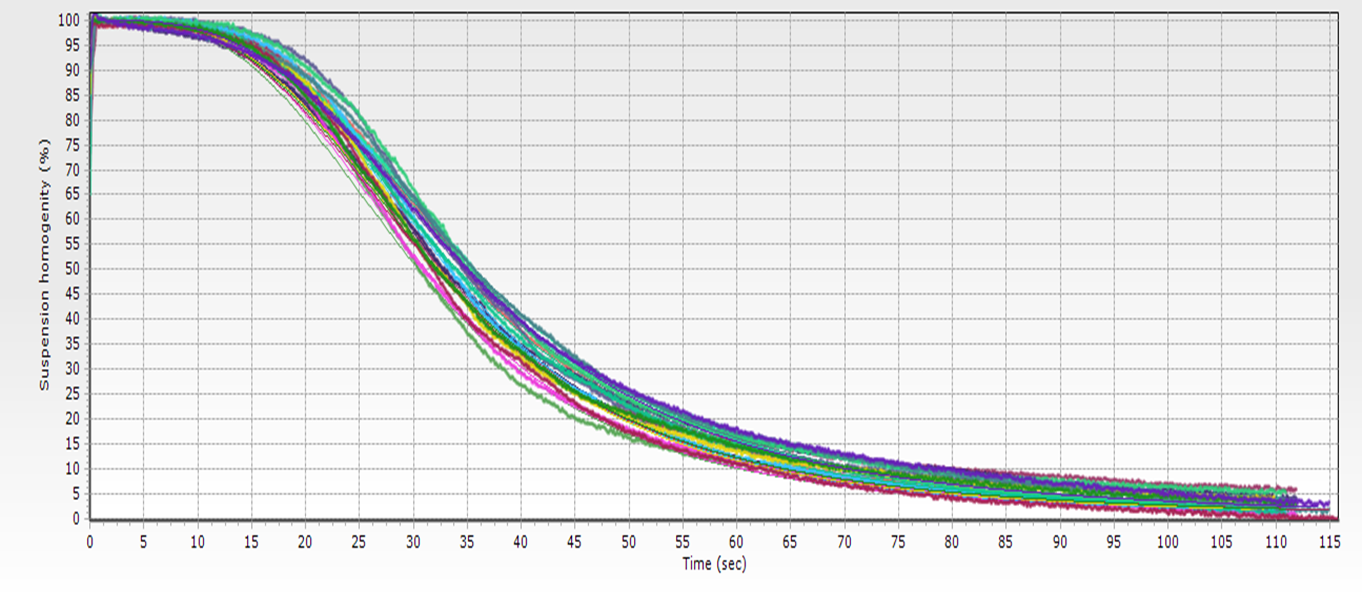
When biomagnetic separation is used in production processes, quality control becomes a priority. The first step is to define and validate the process, but then the key point is checking the repeatability of every single batch.
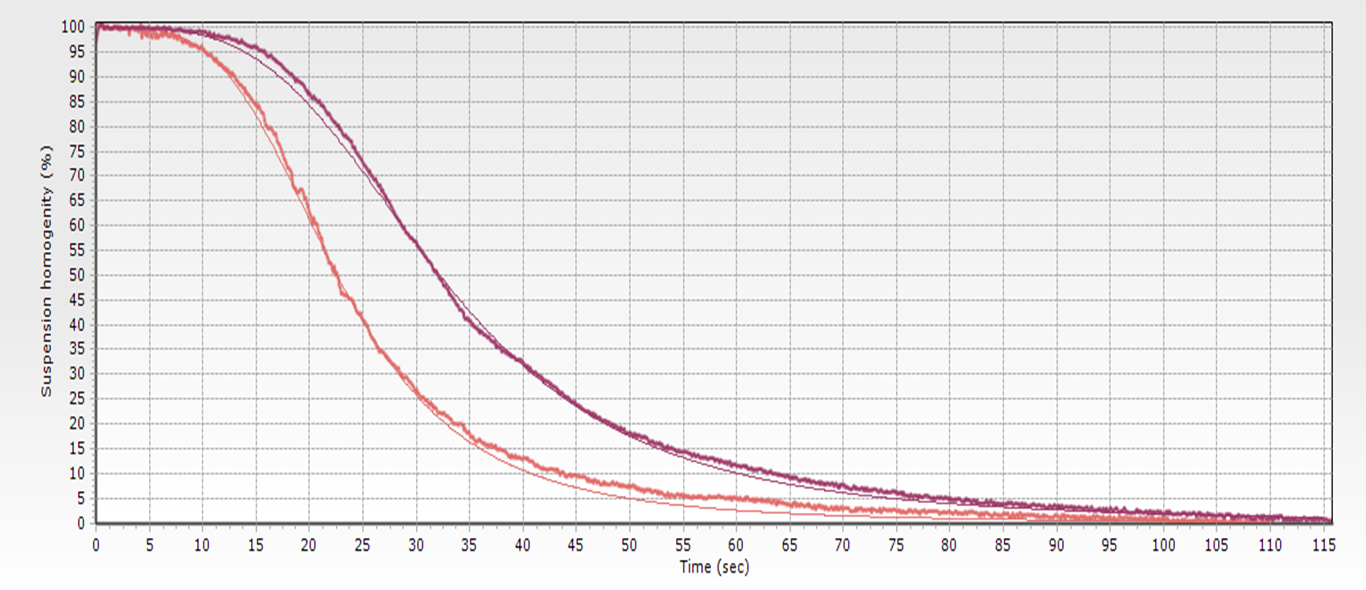
The purposeof monitoring a biomagnetic separation is to obtaina record of different processesto be able to compare the results. Using homogenous magnetic force, changes can easily be related toany modifications made tothe suspension. Changes tothe magnetic bead specifications(diameter, magnetic moment), concentration, andvariations in buffer viscosity suggest different separation process dynamics.
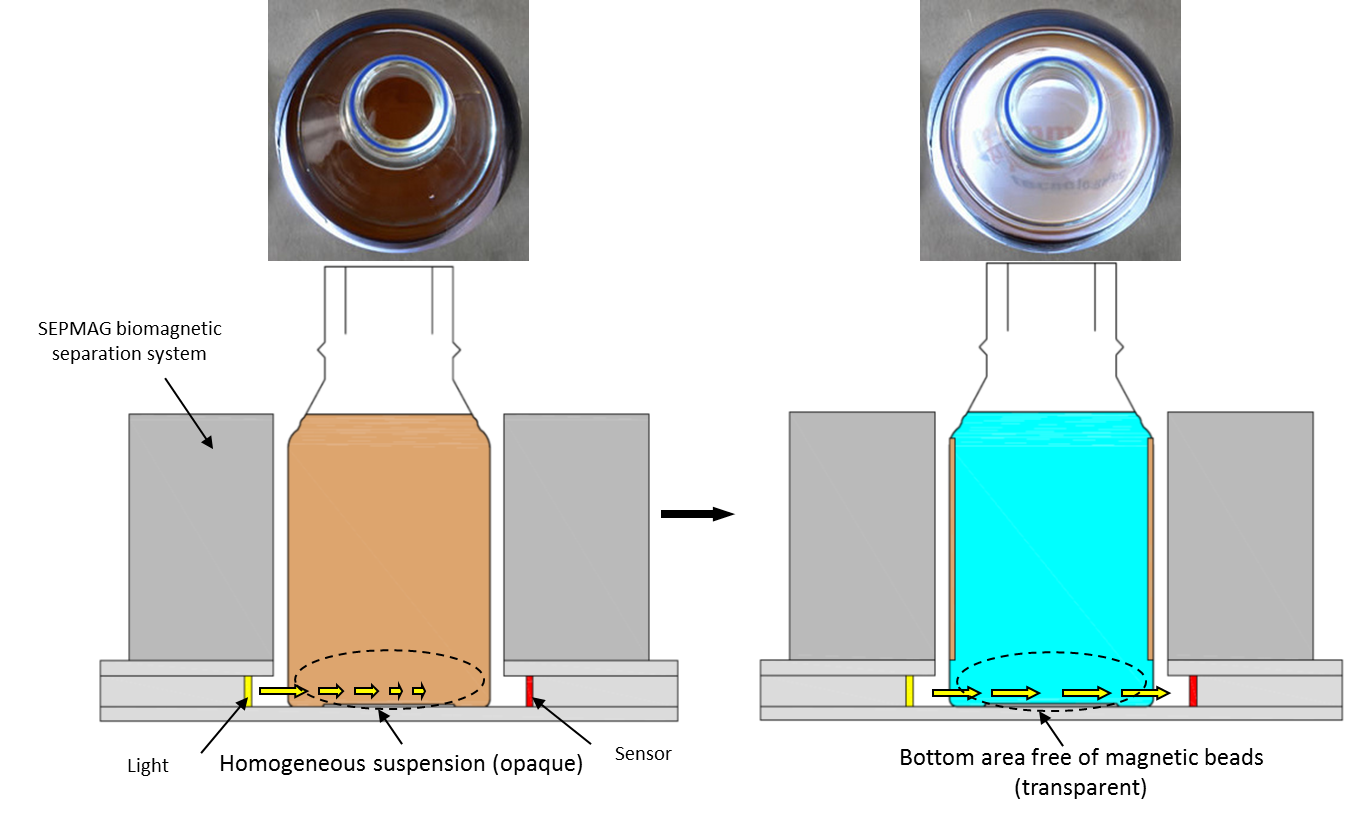
The traditional way to check whether a Biomagnetic Separation Production process is complete is by sight. The technician/researcher looks at the suspension. At the beginning of the process the suspension is homogenous and opaque. When the separation process is complete, the magnetic beads are left on the walls of the vessel and the supernatant is transparent. When the suspension is ‘transparent’, the technician stops the process by extracting the supernatant, leaving the magnetic beads in the bottle. After repeating the same process several times, a separation time can be defined and used as a benchmark. With the traditional method, the only quality control record is the OK/no OK signed by the person handling the vessel with no supporting data. In case of a quality issue with the product, this may not be detected until a later stage, and there is no data to show whether the problem occurred before, during or after the biomagnetic separation.
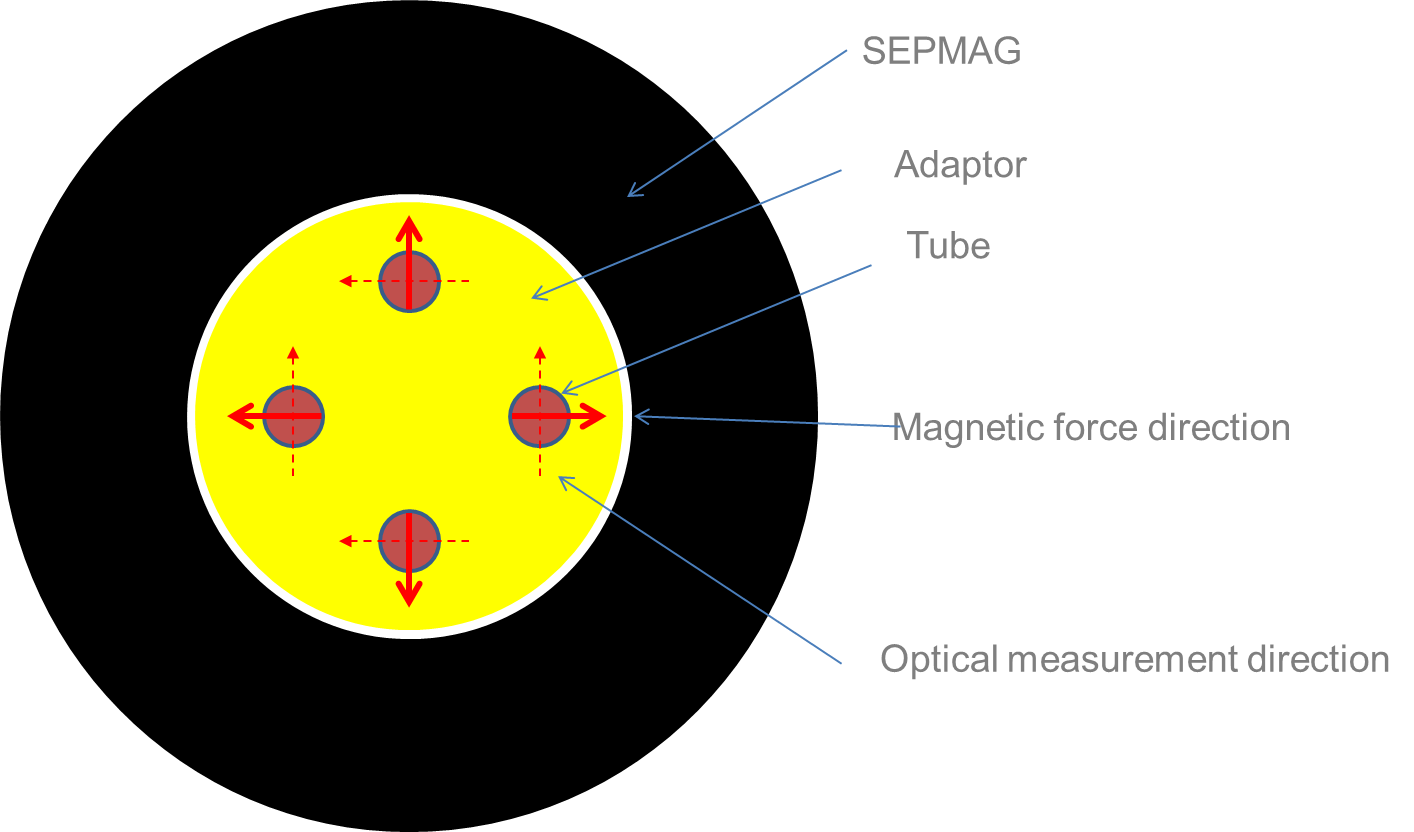
One of the problems of working with small tubes and classical magnetic separators (or simple magnets) is the lack of definition of the magnetic force. As the magnetic field and its gradient changes with distance, the force on the magnetic beads is not constant and variations in the behavior of the suspension are difficult to interpret.
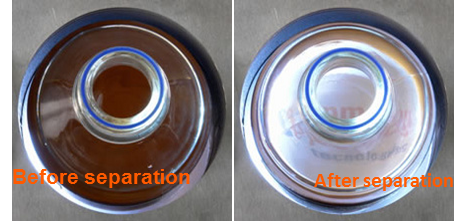
The standardmethodfor developing and validatingBiomagnetic separation processes is sampling the supernatant at different times. This sample is usually measured using a spectrophotometer. Bead concentration is determined by selecting the right wavelength to avoid interferences with the biomolecules presents in the buffer and comparing it with a calibration curve. The separation time is selected when the number of beads approaches zero. Magnetic susceptibility using the fundamental frequency or some of its harmonics has recently been proposed as alternative.
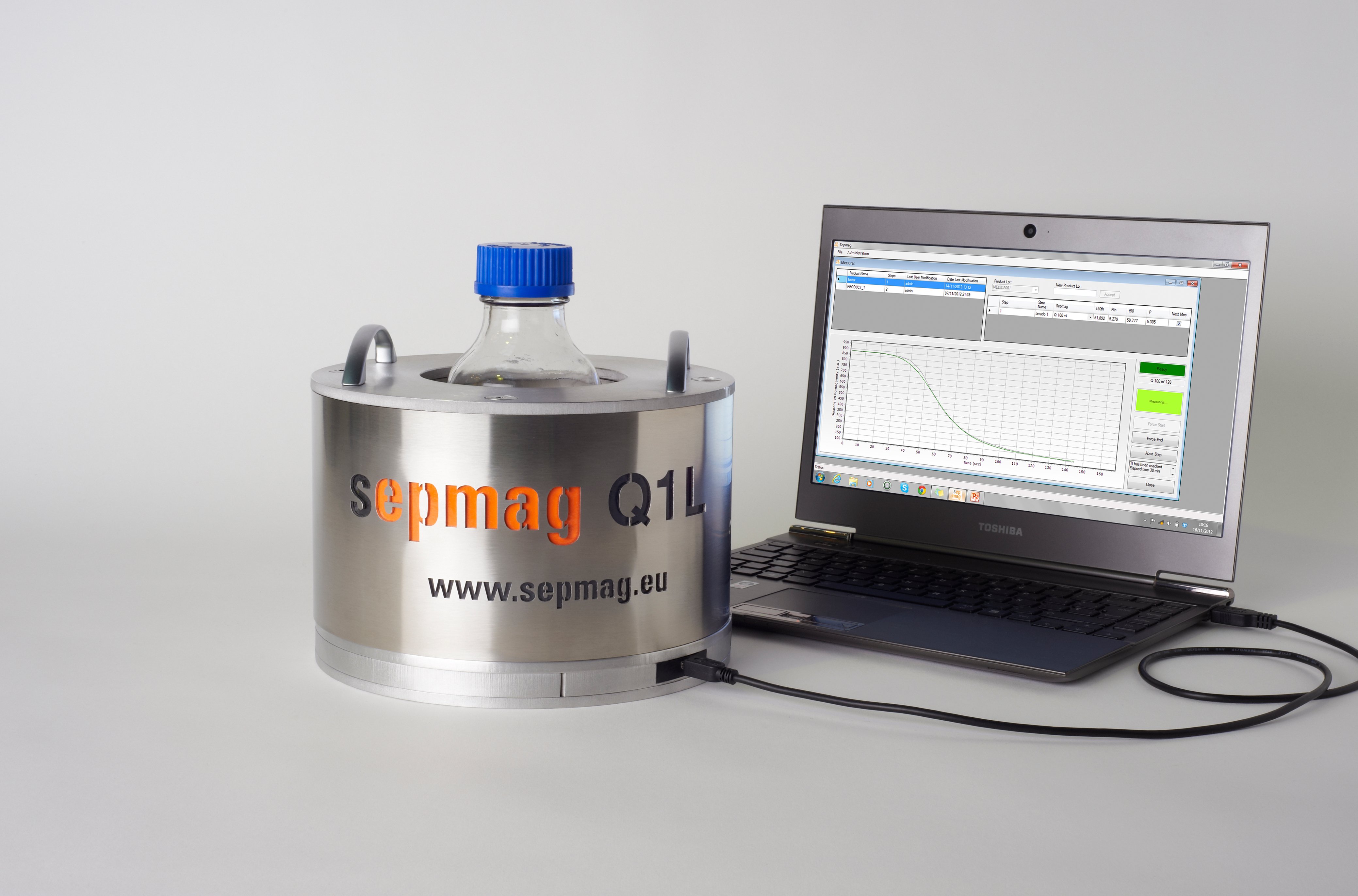
It is hardly breakingnewsthat separation technologyis one of the most complex and important areas of biotechnology. Finding cost-effective separation techniques is a crucial factor forthe growth of industrial biotechnology. Not only is it necessary at the application point (diagnostics, protein purification, cell sorting) but also to facilitate large-scale production.
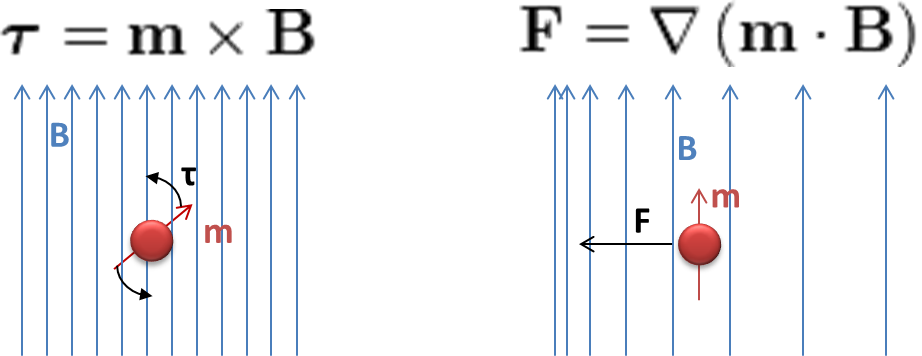
The apparentlysimple nature of the biomagnetic separation process is the reason for its great popularity in Life Science, but it is also one the causes behind problems with its proper application. All usersare aware of the working principle: the magnetic field applied generates a force over the magnetic beads or particles. It is very simple to perform a quick feasibility test: just take a small quantity of magnetic carriers in suspension, approach a magnet and – Voilà! – the beads/particles will speed towards the magnet.
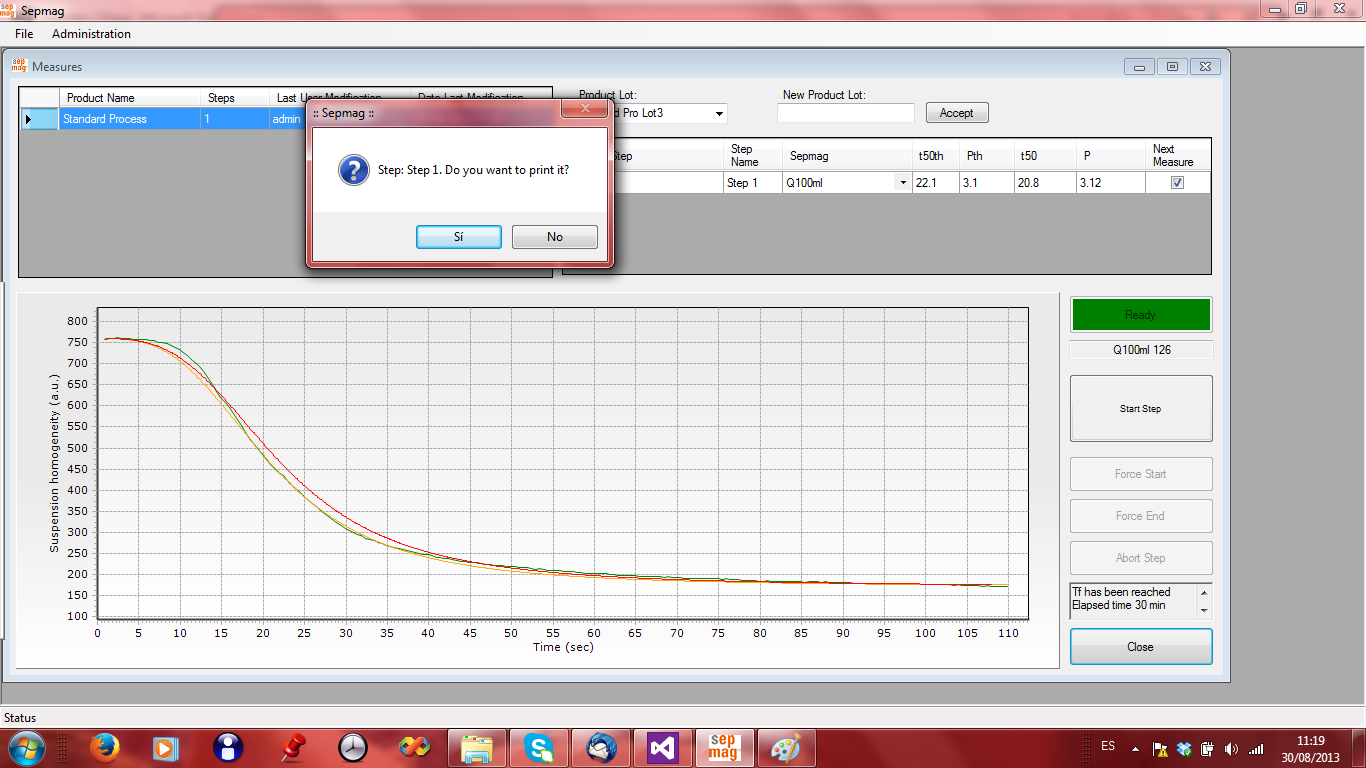
Biomagnetic Separation has numerous applications in Life Science. From cell sorting to molecular diagnostics,thistechnology can beused with volumes ranging from a few nanoliters (lab-on-chip) to tens of liters (production of IVD-reagents).



